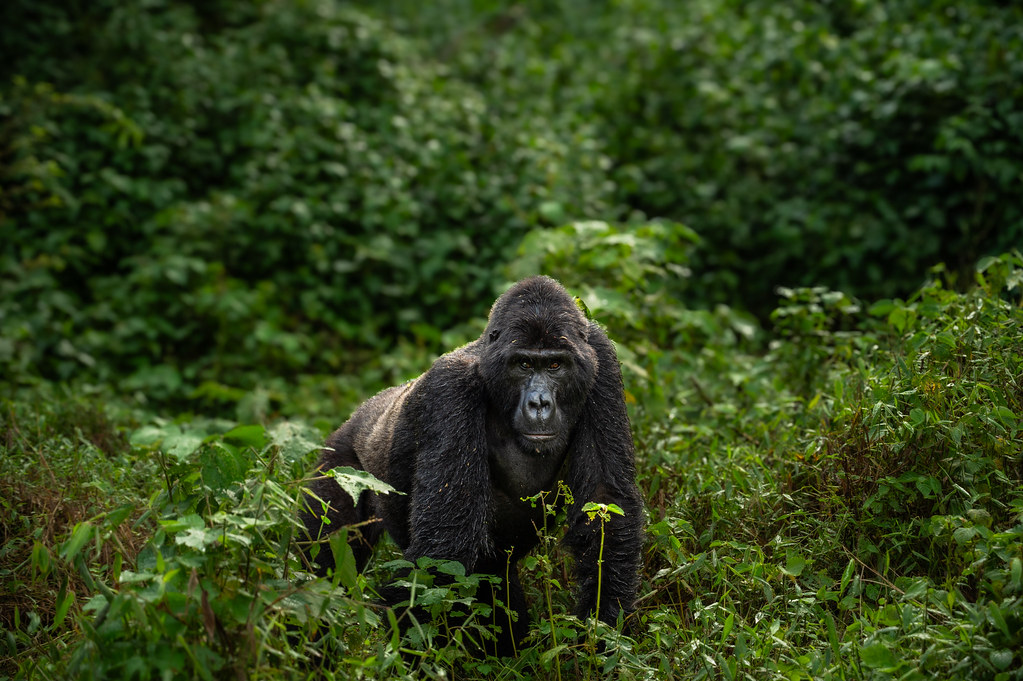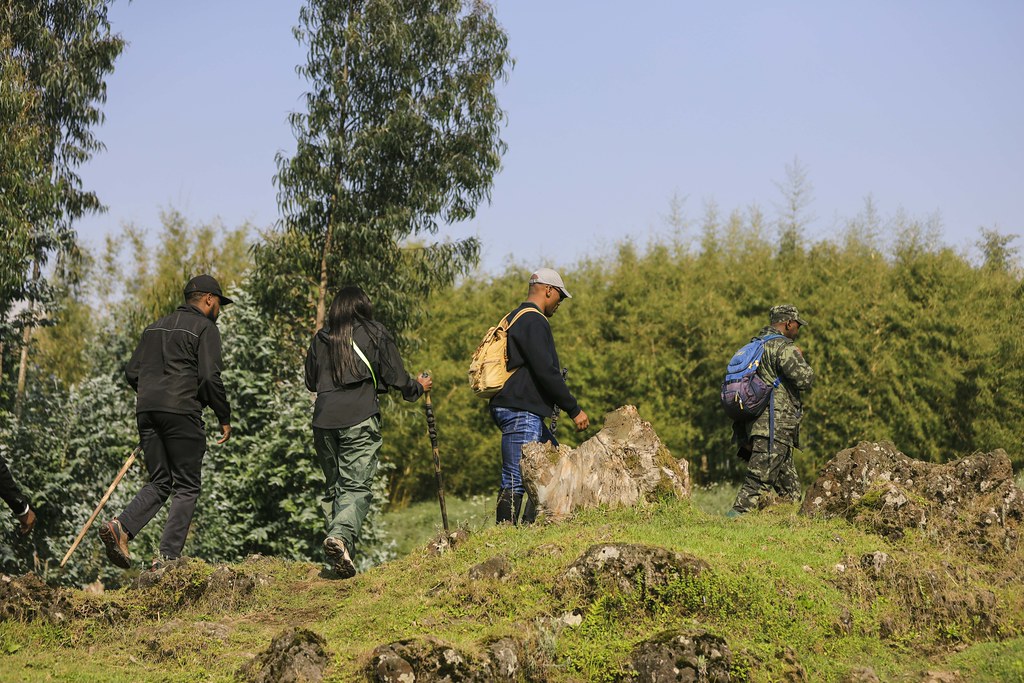The Decline of Gorillas: A Journey Through Survival and Struggle
The decline of gorillas is one of the most pressing wildlife conservation concerns today. These magnificent primates, especially the mountain gorillas, have faced a long and perilous journey toward extinction. As the largest primates on Earth, they reside in the rugged Virunga Ranges and the dense, mist-covered forests of Uganda’s Bwindi Impenetrable National Park.
Their thick fur allows them to thrive in cold, high-altitude environments. But despite this natural adaptation, they are under severe threat, and their population has been teetering on the edge.
What Has Caused the Decline of Gorillas?
The decline of gorillas is not due to a single factor but rather a combination of human-driven threats and natural challenges. Here are the primary reasons these great apes are endangered:
Habitat Loss
The leading cause of the decline of gorillas is habitat destruction. Human activities such as deforestation, agricultural expansion, and urban settlement have steadily eroded the forests they call home. As their habitats shrink, gorillas are forced into higher altitudes, where colder temperatures can result in illnesses like pneumonia.
Illegal Hunting and Poaching
Poaching continues to devastate gorilla populations. Some locals hunt gorillas to sell bushmeat to wealthy clients, while others do it to support their families. The illegal wildlife trade also targets baby gorillas for sale to private collectors or zoos. This tragic exploitation has played a major role in the decline of gorillas over the years.
Disease
Gorillas are highly susceptible to human-borne diseases. Outbreaks such as Ebola have wiped out entire families of gorillas in some areas. Their low birth rate, coupled with their weak immune response, makes recovery from such losses extremely difficult.
Wildlife Trafficking
Underground trafficking networks continue to pose a threat. Some foreigners pay large sums to smuggle gorillas into private sanctuaries or keep them as exotic pets, ignoring the fact that these apes struggle to survive at lower altitudes. These unethical practices accelerate the decline of gorillas.
Traps and Predators
While gorillas have few natural predators, leopards occasionally prey on them. Additionally, traps set for other animals like antelopes often unintentionally harm gorillas, leading to injury or death.
Cultural Beliefs and Herbal Practices
Some traditional healers believe gorilla body parts have spiritual or medicinal powers. This myth has fueled targeted hunting, further contributing to the decline of gorillas.
Trophy Hunting and Dominance Displays
A dark driver of the gorillas’ decline is trophy hunting, where hunters kill these apes to showcase their remains. Others kill gorillas as a misguided symbol of strength and power.
Silverback Conflicts
In rare cases, dominant silverbacks engage in violent battles with rivals. These confrontations can be deadly. Victorious silverbacks may even kill young males in their group to maintain dominance, further reducing reproduction and recovery.
Social Life and Diet of Mountain Gorillas
Mountain gorillas live in tight-knit social groups led by a dominant silverback. Their diet is mainly plant-based, consisting of leaves, stems, bamboo shoots, fruits, and occasionally insects. Their complex social structures and cooperative behaviors reflect a deep intelligence and adaptability.
How Many Mountain Gorillas Are Left?
Today, there are just over 1,000 mountain gorillas remaining in the wild, primarily found in Uganda, Rwanda, and the Democratic Republic of the Congo. Thanks to conservation efforts, this number is slowly increasing, but the decline of gorillas is still a looming threat that demands constant vigilance.
Preserving the Future: How Can We Stop the Decline of Gorillas?
Efforts to stop the decline of gorillas include:
- Strengthening anti-poaching laws and enforcement
- Supporting gorilla conservation organizations
- Promoting eco-tourism, such as gorilla trekking in Uganda and Rwanda
- Educating local communities about the value of gorillas
- Funding veterinary care and disease prevention programs
Why Gorillas Matter
Gorillas play a vital role in their ecosystems. As seed dispersers, they help maintain forest health. They also have cultural and economic value, especially through tourism, which supports local economies. Their protection is not just a moral responsibility it’s an ecological necessity.
The decline of gorillas tells a larger story of human impact on nature. But with continued global support, awareness, and sustainable tourism, we can rewrite this narrative and ensure that future generations witness the beauty and majesty of gorillas in the wild.
Join us on a once-in-a-lifetime gorilla trekking safari in Rwanda or Uganda and witness the strength, beauty, and resilience of mountain gorillas firsthand. Your journey not only gives you unforgettable memories, it directly supports conservation efforts and helps protect these endangered giants.



